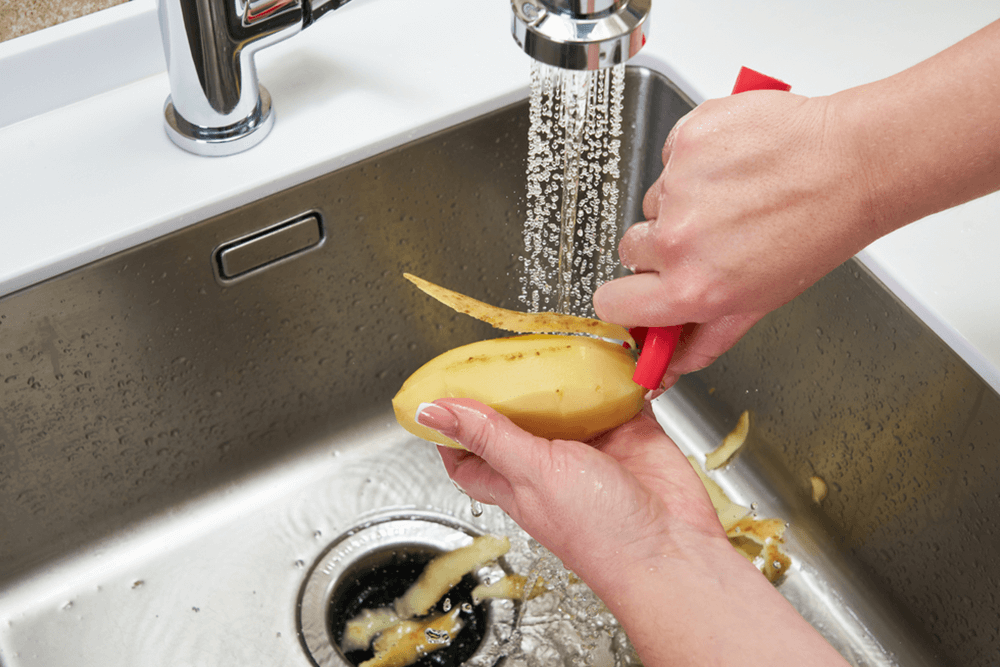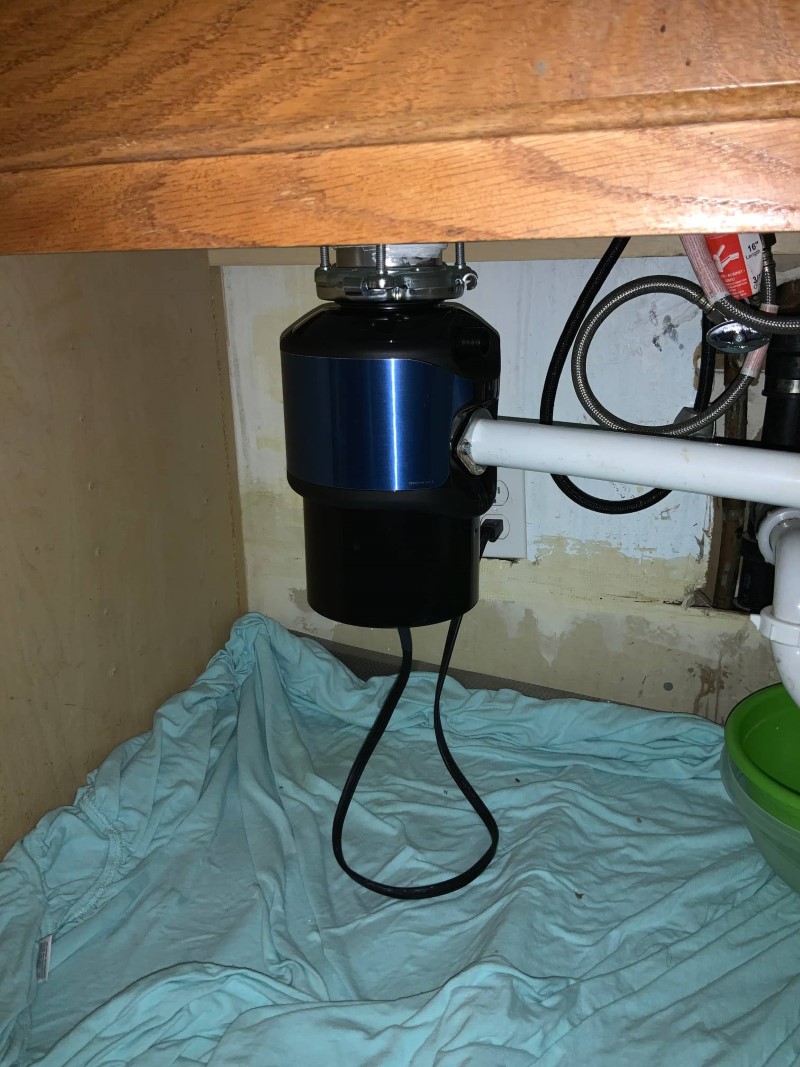Top Tips for Fixing a Leaking Waste Disposal Unit
Quote & ScheduleHow do you feel in regards to How to fix a pretty consistent leak from my garbage disposal?

Waste disposal unit are vital kitchen appliances that aid in throwing away food waste efficiently. Nevertheless, a leaking garbage disposal can be a frustrating and untidy problem to take care of. The good news is, many leakages can be fixed quickly with a couple of simple steps. In this article, we will review how to take care of a leaking garbage disposal efficiently.
Intro
Waste disposal unit are installed under cooking area sinks and are made to shred food waste right into smaller sized items, enabling it to pass through the plumbing system easily. While these tools are normally reliable, leakages can take place over time due to damage, loose links, or damages to the unit.
Typical Root Causes Of Leakages in Rubbish Disposals
Worn Seals and Gaskets
Seals and gaskets play an essential function in avoiding water from dripping out of the waste disposal unit. Gradually, these elements can wear away, resulting in leakages around the disposal device.
Loose Links
The connections between the garbage disposal and the plumbing system can come to be loose with time, triggering water to leak out throughout operation.
Cracks or Openings in the Disposal Unit
Physical damage to the garbage disposal, such as splits or holes in the real estate, can likewise cause leaks.
Recognizing the Source of the Leak
Before trying to repair a leaking garbage disposal, it is vital to recognize the resource of the leakage. This can usually be done through aesthetic evaluation or by performing simple examinations.
Visual Examination
Evaluate the waste disposal unit unit carefully for any indicators of water leakage. Pay attention to locations around seals, gaskets, and link points.
Testing for Leaks
One way to evaluate for leakages is by running water with the disposal device and checking for any type of noticeable signs of leakage.
Devices and Products Needed for Taking Care Of a Dripping Garbage Disposal
Before beginning the repair service process, collect the essential tools and materials, consisting of a screwdriver, flexible wrench, plumbing technician's putty, substitute seals or gaskets, and epoxy or patching product for repairing cracks or holes.
Step-by-Step Overview to Repairing a Leaking Waste Disposal Unit
Shut off the Power
Before attempting any repair services, guarantee that the power to the waste disposal unit device is switched off to stop the risk of electric shock.
Find the Leakage
Determine the exact location of the leak and figure out the reason.
Tighten Connections
Use a wrench to tighten up any type of loosened connections between the disposal unit and the plumbing system.
Change Seals or Gaskets
If the leak is due to used seals or gaskets, remove the old elements and change them with new ones.
Patching Cracks or Holes
For fractures or openings in the disposal unit, use epoxy or an ideal patching product to secure the broken area.
Testing the Garbage Disposal After Repair Work
When the fixing is total, evaluate the garbage disposal by running water with it to ensure that the leak has been fixed.
Preventive Upkeep Tips to Stay Clear Of Future Leaks
To avoid future leaks, it is necessary to execute routine maintenance on your garbage disposal. This includes keeping it clean, staying clear of putting non-food things or hard things down the disposal, and regularly checking for leakages or other issues.
Verdict
To conclude, fixing a leaking garbage disposal is a reasonably simple procedure that can be completed with standard tools and products. By following the steps detailed in this write-up and exercising preventative upkeep, you can keep your garbage disposal in good working problem and stay clear of costly repair services in the future.
What to Do About a Leaking Garbage Disposal
A leaking garbage disposal often goes unnoticed until you confront a sopping cabinet, a foul-smelling puddle, or an audible drip-drip-drip from the unit. The fix can be frustrating, too, because the leak can stem from a number of components in the system. Fortunately, with a little sleuthing, you can zero in on the leak and—depending on the exact location—stop the icky oozing and repair the component that caused it. Worst case scenario, if it turns out that the garbage disposal must be replaced, installing a new one is a reasonable do-it-yourself task for those with basic plumbing skills. Read on to keep the cash you’d otherwise hand over to a pro.
Prepare to find the leak
Prior to testing the garbage disposal for leaks, unplug it at the wall outlet and turn off the power from the breaker box to prevent electrical shock. Then insert a watertight sink stopper into your sink drain and wipe the unit dry with a clean cloth. In any handy container, mix a few drops of food coloring into a few cups of water, and pour the dyed water onto the sink stopper to help you locate the leak.
Investigate the source
the top, where the disposal meets the sink drain the side, where the dishwasher hose or main drain pipe connects to the disposal or the bottom of the unit Inspect each of these locations while gliding a light-colored rag over the unit; the dyed water will readily show on the rag and reveal the location of the leak. If a leak isn’t immediately apparent, remove the sink stopper and pour a few more cups of dyed water down the sink drain, then check for leaks again. Leaks near the top of the unit are more likely to show themselves while the sink is plugged, while side and bottom leaks are more noticeable while the sink is unplugged.
The metal sink flange that sits directly inside the sink drain is typically sealed around the top with plumber’s putty (a clay-like sealant) and then secured from under the sink with bolts. If the plumber’s putty deteriorates, or the bolts loosen, the flange can no longer form a watertight seal between the sink drain and the disposal—which could cause a leak at the top of the unit.
To reseal the leaky flange, you must first detach the garbage disposal. Start by loosening the screws securing the main drain pipe to the disposal, then loosen the screws in the metal clamp securing the dishwasher hose to the disposal and detach the drain pipe and dishwasher hose from the disposal. Loosen the screws in the mounting ring that connects the disposal to the metal mounting assembly beneath the sink, then pull down the disposal and carefully set it on a clean, dry surface. Loosen the bolts in the mounting assembly with a wrench, then pull down the mounting assembly and set it near the disposal.

Do you like more info about Why Is ? Create a comment down below. We will be interested to find out your ideas about this page. Hoping that you come back again soon. Enjoyed our article? Please share it. Help another person discover it. We thank you for reading our article about Tips on Fixing a Leaking Garbage Disposal.
Click Here